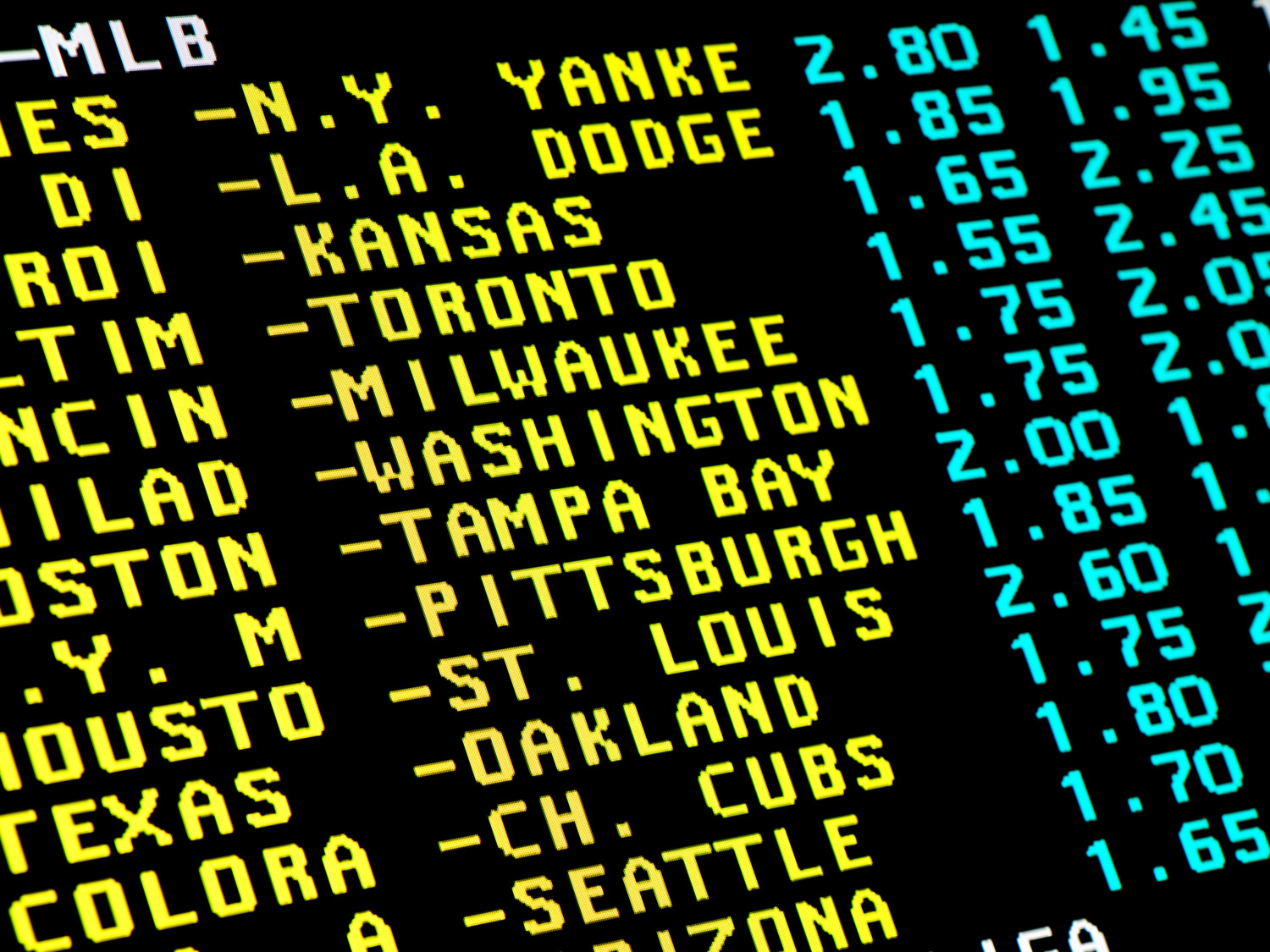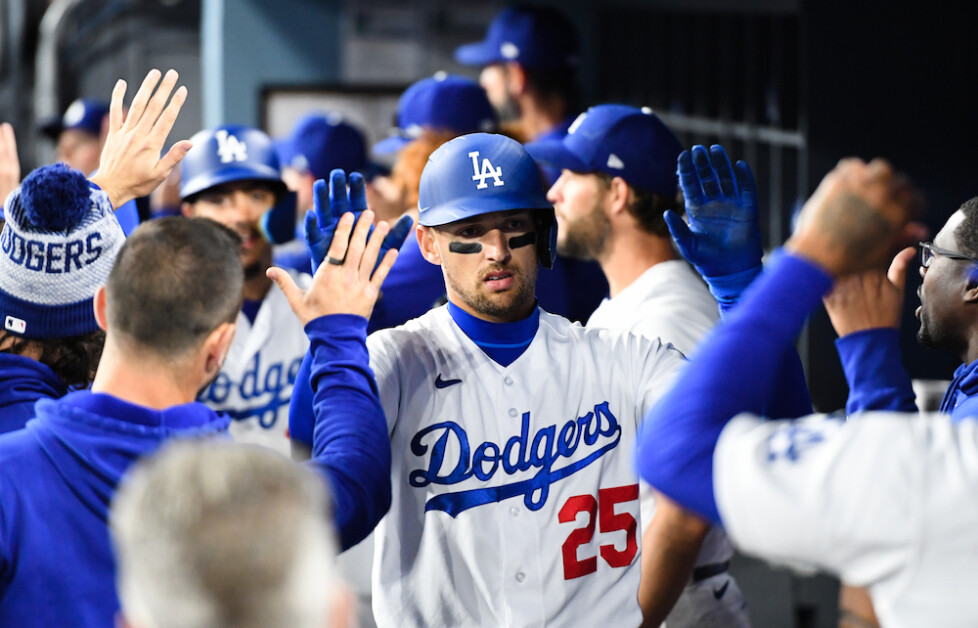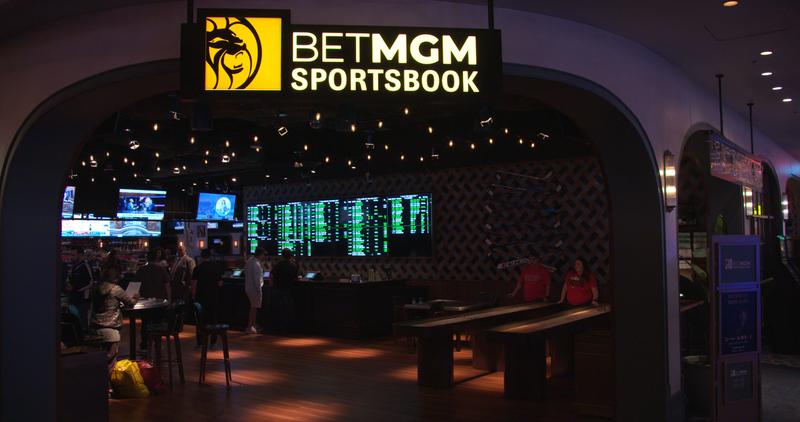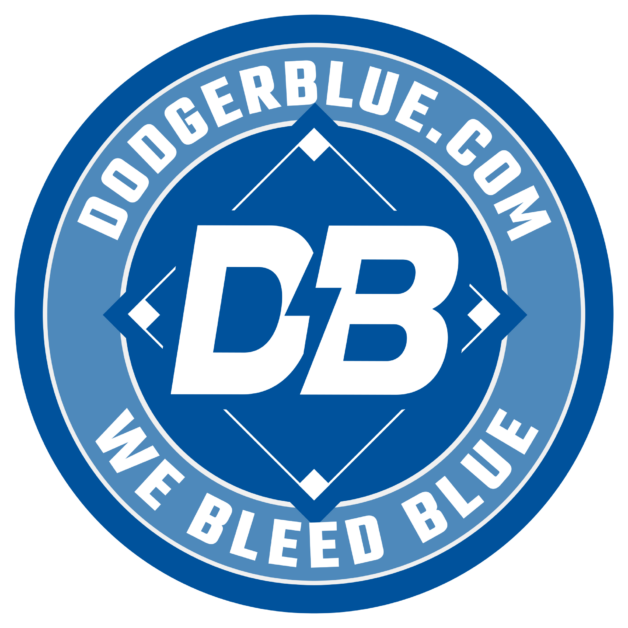Major League Baseball (MLB) and the National Football League (NFL) are two of the most popular leagues for bettors in the United States. While both offer a range of wagering options, the structure, terminology, and strategies for betting on these sports differ significantly. We can explore the significant differences between betting on baseball and football by using the Los Angeles Dodgers and New York Mets as MLB examples and the Dallas Cowboys and Los Angeles Rams as NFL examples.
One of the most fundamental differences between MLB and NFL betting lies in how odds and lines are presented. In baseball, the most common bet types are the moneyline, run line, and totals (over/under), while in football, the main options are the moneyline, point spread, and totals (over/under). These differences reflect the scoring nature of each sport. Baseball is a low-scoring game that influences how lines are set and bettors approach their wagers.
For instance, when betting on a game between the Los Angeles Dodgers and the New York Mets, the moneyline is a straightforward bet on which team will win outright. The Dodgers might be listed as -180 favorites, meaning a bettor would need to risk $180 to win $100, while the Mets could be listed at +150, meaning a $100 bet would return $150 if the Mets win. In contrast, NFL moneyline betting, such as in a Dallas Cowboys versus Los Angeles Rams matchup, follows a similar structure but often with different odds values due to football scoring and the larger role of the point spread in that sport.
The run line in baseball is akin to the point spread in football, but with a key difference in how it is applied. In MLB, the run line is almost always set at -1.5 for the favorite and +1.5 for the underdog. For example, if the Dodgers are -1.5 against the Mets, they must win by at least two runs for a bet on them to cash. If the Mets are +1.5, they can lose by one run or win outright for the bet to pay out. This is because narrow margins typically decide baseball games, so the standard run line is a consistent 1.5 runs.
In the NFL, the point spread is more variable and depends on the perceived strength of the teams. For instance, with NFL picks, the Dallas Cowboys might be favored by 2.5 points against the Rams, meaning the Cowboys must win by three or more points for a bet on them to win. If the Rams are +2.5, they can lose by two points or less, or win outright, for the bet to be successful. The spread in football can range widely, sometimes exceeding a touchdown or more, reflecting the higher scoring and greater potential for blowout games.
Another significant difference is how totals (over/under) work in each sport. In baseball, the total is the combined number of runs scored by both teams, and it is typically set around 7.5 or 8.5 runs for most games. Bettors wager on whether the total will be over or under that number. In football, the total is the combined score of both teams, often set in the 40s or 50s, reflecting the much higher scoring nature of the sport. For example, a Cowboys-Rams game might have a total set at 49 points, meaning bettors can wager on whether the combined score will be over or under that number.
Proposition (prop) bets are another area where MLB and NFL betting diverge. In baseball, prop bets can focus on individual player performances, such as how many strikeouts a pitcher will record, how many hits a batter will get, or whether a specific player will hit a home run. In football, prop bets often center on player statistics like passing yards, rushing yards, or touchdowns scored by a particular player. The variety and specificity of prop bets in both sports are extensive, but the nature of the sports influences the types of props available.
Parlays and futures are standard in both sports but are approached differently based on the structure of the leagues. In baseball, futures bets might focus on which team will win the World Series or which player will win the MVP award. In football, futures bets could involve which team will win the Super Bowl or which player will win the MVP or Offensive Player of the Year. Parlays, which combine multiple bets into one, are popular in both sports but may be more challenging in baseball due to the unpredictability of low-scoring games and the frequency of underdog victories.
The betting experience also differs in terms of game frequency and season length. MLB teams play 162 games regularly, resulting in a daily slate of games and a wide range of betting opportunities. The NFL, by contrast, has a much shorter regular season with only 17 games per team, making each game more significant and the betting market more intense during the season.
Using the Los Angeles Dodgers and New York Mets as examples, baseball betting is shaped by the sport’s low-scoring nature, consistent run lines, and daily game schedule. As NFL examples, the Dallas Cowboys and Los Angeles Rams illustrate how football betting is influenced by higher scoring, variable point spreads, and a weekly game schedule. The differences in odds, line structures, and betting options reflect the unique characteristics of each sport and how bettors engage with them.








